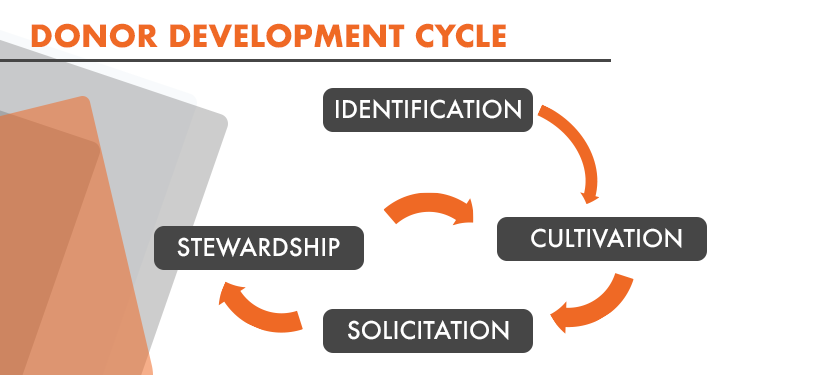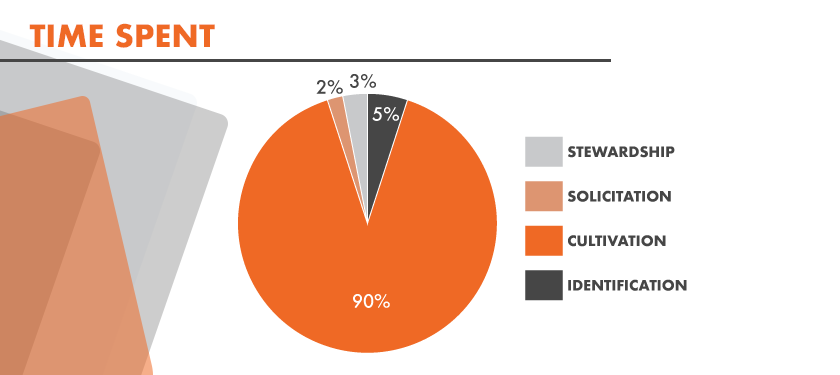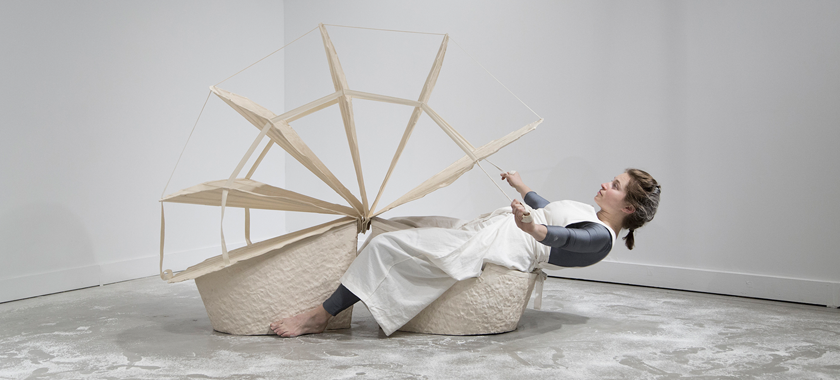Business of Art | Individual Giving 101
“This is basically dating, and when you’re dating, you’re not going to go from meeting someone to suddenly proposing marriage.” – NYFA Development Director Katherine Delaney
Each year, Giving USA, an industry resource for charitable giving information, releases an infographic that breaks down giving from the previous year. It summarizes for us, the fundraisers and artists who are looking for funding, what is happening in the world of philanthropy and helps us make decisions about how and where to spend our time. The latest infographic shows that of the $449.64 billion that was given to charity in 2019, close to 80% was given by individuals.
The Giving USA figure shows that if individual giving is not part of your overall fundraising plan, it should be. And lucky for you, we’re sharing insights on this very topic from Katherine Delaney, Development Director, NYFA, and Kimberly Goodis, Senior Officer of Individual Giving and Special Events, NYFA.
Basic Donor Development Cycle
There are four distinct stages to the donor development cycle; they work in a cyclical way and the process typically repeats. Phase 1 is identifying new prospects. Who is coming to your events, signing up for your email list, and interacting with you on social media? Phase 2 is when you introduce the prospect more fully to your organization or project, giving them a better more nuanced understanding of your mission and work. Phase 3 is when you incorporate the solicitation process and ask for money. Phase 4 for is stewardship of current donors, which often leads to an additional cycle of giving.

In this process, Delaney and her team spend the least of their time actually asking for money and the most amount of time cultivating people to become potential donors. “This is basically dating,” says Delaney. “And when you’re dating, you’re not going to go from meeting someone to suddenly proposing marriage. There’s a process that has to happen there, and there is a similar process that happens with our donors,” she added.

Top Five Tips for Beginners
1. Build an Effective Contact List. Spreadsheets are your friend. If you have a contact list—great! Create individual columns for First Name, Last Name, Email, Address fields, and giving history so that you can make informed campaign asks, then make sure that as new data comes in that you’re cataloging it appropriately. If the information isn’t kept updated and in the right format it will not be useful to you.
2. Be Specific in Your Approach. There is no one-size-fits-all strategy for fundraising. Think about what disciplines your organization or project encompasses and what you’re looking to fundraise for (a project vs general operating support, for example), then be clear with your ask. Also consider whether you’re asking for preset levels of giving or unspecified donation amounts. If you have records with folks’ giving histories, it can be advantageous to ask for specific amounts. Don’t forget to personalize your ask with the donor (or prospective donor’s) first name and a reminder of how they’ve been connecting with you—it’s been shown to generate more responses.
3. Write a Compelling Appeal Letter. Always have someone proofread it for you, and if you’re feeling blocked step away from your writing and come back to it later. The content should summarize the past year’s achievements and highlight upcoming projects—with a focus on the work. If sending digitally, always include your donation link. If sending physically, hand address your envelopes as there is a higher “open rate” when personally addressed. And use real stamps and include a reply envelope to make it easier for someone to donate!
4. Send Multiple Times Through Multiple Channels. Don’t just send one type of correspondence. Consider physical letters, e-blasts and personalized email, and social media as ways of reaching your donor audience. They are more likely to respond after receiving information two or three times, and including your messaging on multiple channels increases the likelihood that they will see it.
5. Always Say Thank You. A quick response to receiving contributions is vital! A meaningful thank you does not need to be long, nor do you need to do a deep dive into programming. Mention how you appreciate their donation and having them as part of your community; the purpose is to leave your donors feeling good. Goodis suggests phone calls or tokens of gratitude for anyone above a set giving amount.
This last tip cannot be overstated, as it is an important step to building relationships with donors and can sometimes be forgotten!
– Compiled by Amy Aronoff, Senior Communications Officer
You can find more articles on arts career topics by visiting the Business of Art section of NYFA’s website. Sign up for NYFA News and receive artist resources and upcoming events straight to your inbox.





